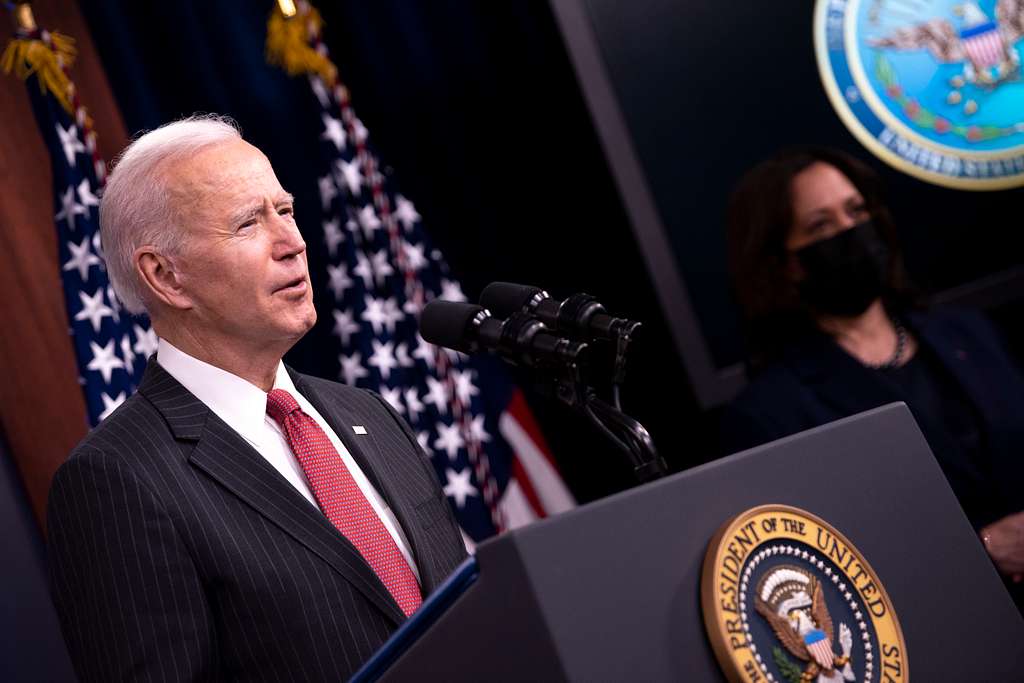The Bureau of Economic Analysis reported on Tuesday that inflation, measured by the producer price index, increased to 2.2% for the year ending in April. This marks the third consecutive rise in the headline inflation rate, contrary to the trend desired by the Federal Reserve and serving as a cautionary indicator for President Joe Biden.
The majority of economists had predicted that annual inflation would rise by this margin, aligning with expectations. However, on a month-to-month basis, the price index surged by 0.5%, surpassing initial forecasts — news that will not bode well for Biden’s reelection, as ‘the economy’ has become the number one issue of concern for a majority of voters.
“Net, net, inflation at the producer level is back on the front burner this month and consumers are sure to feel the heat as higher production costs will feed into the inflation they see in the goods and services they buy,” said Chris Rupkey, chief economist at FWDBONDS, the Washington Examiner stated.
The core Producer Price Index (PPI) inflation, which excludes volatile food and energy prices, increased to 2.4%, in line with expectations. The Federal Reserve has raised its interest rate target to a range of 5.25% to 5.50%, the highest level since the dot-com bubble at the turn of the century.
Recent inflation reports have surpassed expectations, with the consumer price index climbing to 3.5% in March. Due to these higher-than-anticipated inflation figures and the resilience of the robust job market, many investors started to anticipate that the Fed would delay rate cuts until after the November election. Despite interest rate hikes, the labor market has managed to stay afloat.
However, the latest jobs report indicated some signs of deceleration. In April, the economy added 175,000 jobs, down from 315,000 the previous month, while the unemployment rate increased by a tenth of a percentage point to 3.9%. Moreover, the number of new unemployment benefit applications rose by 22,000 to 231,000 last week, marking the highest number of jobless claims in approximately nine months.
The latest data indicates that job openings dropped by 3.7% in March, totaling just under 8.5 million. This marks the lowest level of openings since February 2021. The decrease was below expectations, continuing a trend of gradually declining job openings over the past few years.
Higher interest rates are bad news for Biden in an election year. High inflation coupled with the higher interest rate environment has hamstrung Biden’s economic approval ratings. Higher rates make things like buying a home or taking out a loan much more expensive for voters.



